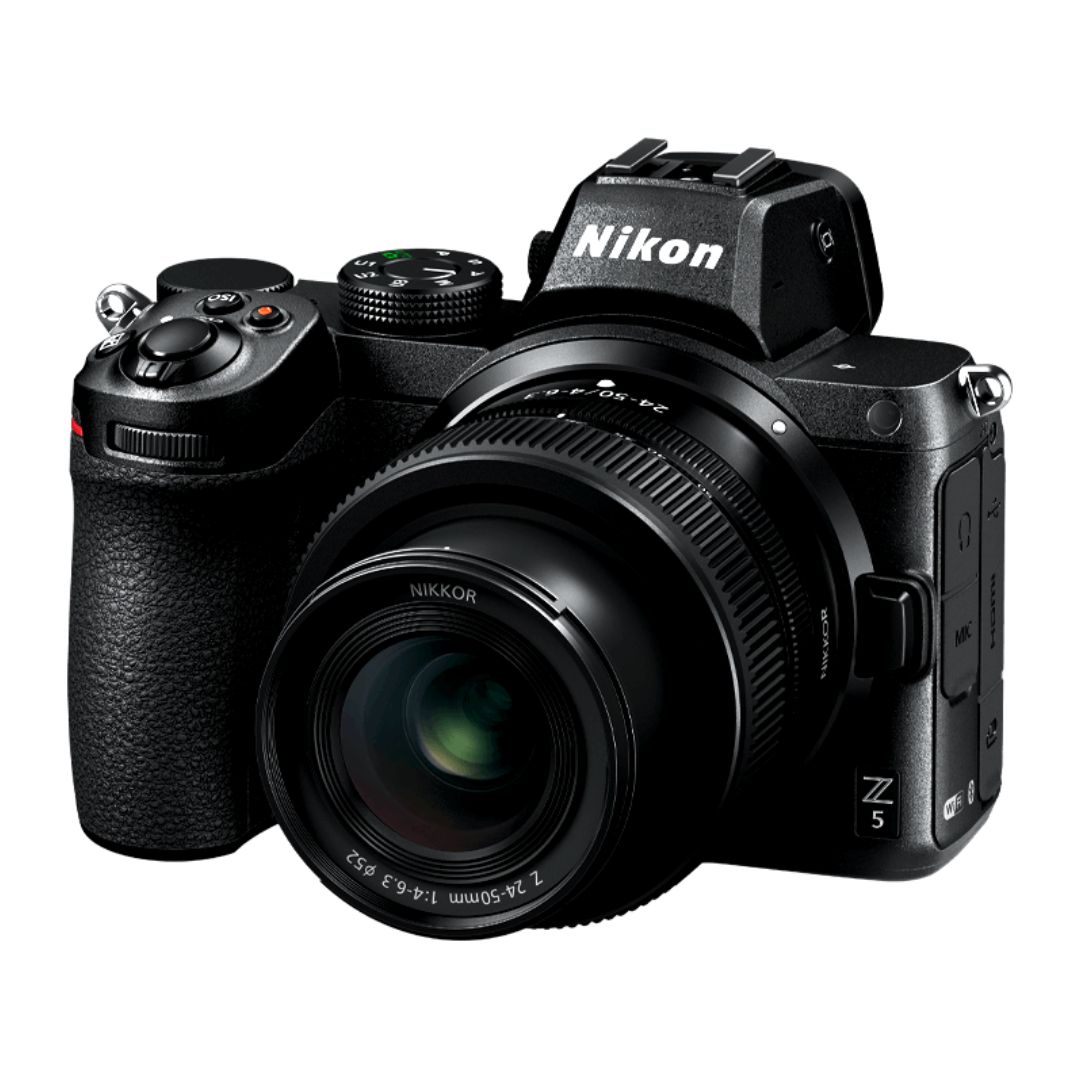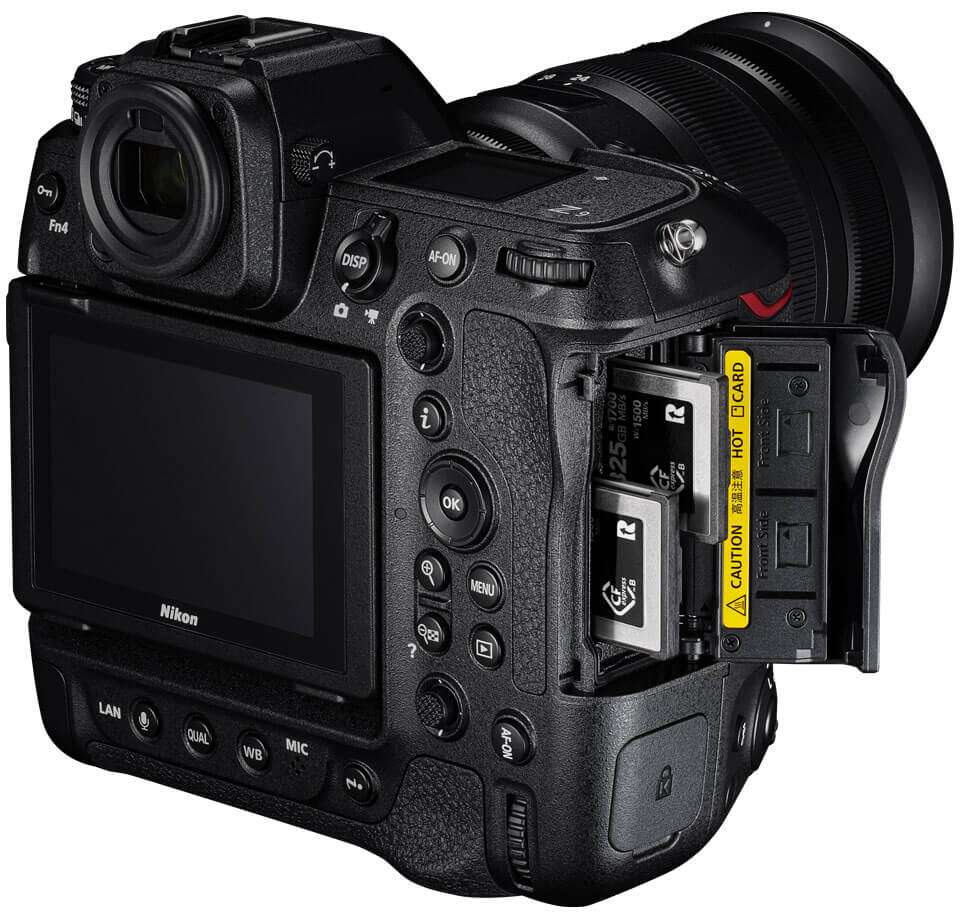The world of social media influencing is highly competitive, and standing out requires more than just frequent posts. A strong visual portfolio serves as your digital resume, showcasing your brand, creativity, and ability to engage audiences. It helps attract collaborations, impress potential clients, and establish your credibility.
In this in-depth guide, we will cover:
- Why a visual portfolio is essential for influencers
- Key elements of an effective portfolio
- How to curate high-quality visuals
- Optimizing your portfolio for brand partnerships
- Strategies to maintain and update your portfolio
Let’s dive into the details and explore why every social media influencer needs a strong visual portfolio and how to create one that sets you apart.
1. The Importance of a Strong Visual Portfolio
Why Social Media Influencers Need a Portfolio
- Establishes credibility – Brands want to work with influencers who have a professional presence.
- Showcases expertise – A well-structured portfolio demonstrates your style, creativity, and niche.
- Attracts brand collaborations – Companies look for influencers with a clear and consistent aesthetic.
- Helps you stand out – With millions of influencers online, a polished portfolio differentiates you from others.
The Role of a Portfolio in Influencer Marketing
- Visual storytelling is crucial in digital marketing, and a portfolio helps communicate your brand’s story effectively.
- Influencer agencies and PR firms prioritize influencers with high-quality visuals in their media kits.
- A portfolio serves as proof of your content creation skills, making it easier to land sponsorships.
2. Key Elements of a Powerful Visual Portfolio
What Should a Social Media Influencer’s Portfolio Include?
- Professional Profile: Your bio, niche, and unique selling points.
- Curated Visual Content: A collection of your best-performing images, videos, and designs.
- Engagement Metrics: Analytics and statistics that showcase your influence.
- Collaboration Highlights: A list of brands you’ve worked with and testimonials.
- Contact Information: Clear ways for brands and followers to reach you.
Choosing Your Best Work
- Focus on quality over quantity – Showcase your most engaging and high-performing content.
- Highlight diverse content formats – Include reels, IG stories, YouTube shorts, and high-resolution images.
- Maintain a consistent aesthetic – Your portfolio should align with your branding and social media presence.
3. How to Curate High-Quality Visuals for Your Portfolio
Photography Tips for Influencers
- Use a high-resolution camera or smartphone for crisp, clear images.
- Ensure proper lighting – Natural light works best for bright, vibrant shots.
- Experiment with different angles and compositions to make your content more engaging.
- Use minimalistic backgrounds that don’t distract from the main subject.
Video Content for Your Portfolio
- Create short-form videos (TikTok, Instagram Reels) that showcase your personality and creativity.
- Include behind-the-scenes content to show authenticity.
- Highlight your storytelling skills through vlogs, tutorials, or brand collaborations.
Editing and Presentation
- Stick to a cohesive color scheme and aesthetic.
- Use professional editing apps like Lightroom, VSCO, or Adobe Premiere Pro.
- Maintain consistency across all visuals to build brand recognition.
4. Building a Digital Portfolio That Stands Out
Where to Showcase Your Portfolio
- Personal Website: A dedicated site gives you full control over how your work is presented.
- Instagram: Acts as a visual resume for your brand and style.
- TikTok & YouTube: Ideal for showcasing video content and storytelling skills.
- Pinterest: Great for creating mood boards that reflect your brand aesthetic.
Structuring Your Online Portfolio
- Homepage: A strong first impression with your best visual.
- About Page: A compelling introduction to your brand and expertise.
- Gallery: A well-organized collection of your best work.
- Collaboration Page: Features brands you’ve partnered with.
- Contact Section: An easy way for brands to reach out.
5. Optimizing Your Portfolio for Brand Partnerships
What Brands Look for in an Influencer Portfolio
- Authenticity and engagement – A strong personal connection with your audience.
- Consistent branding – A well-defined aesthetic that aligns with brand values.
- Past collaborations and testimonials – Proof of successful partnerships.
- Professional presentation – A clean, easy-to-navigate layout.
Creating a Media Kit for Outreach
- Include high-quality visuals that reflect your brand.
- Highlight engagement metrics like reach, impressions, and audience demographics.
- Showcase past brand collaborations and campaign results.
- Provide clear contact details for business inquiries.
6. Updating and Maintaining Your Portfolio
Keeping Your Portfolio Fresh
- Regularly update with new collaborations and trending content.
- Remove outdated visuals that no longer represent your brand.
- Adjust your aesthetic to reflect current trends and personal growth.
Tracking Your Portfolio’s Performance
- Monitor engagement rates on Instagram, TikTok, and YouTube.
- Use Google Analytics to track website visits and portfolio views.
- Adapt your strategy based on audience preferences and brand expectations.
Conclusion
A strong visual portfolio is an essential tool for every social media influencer. It helps establish credibility, attract brand collaborations, and differentiate you from competitors. By curating high-quality visuals, optimizing your portfolio for brand partnerships, and maintaining consistency, you can elevate your influence and grow your online presence.
Start building your professional influencer portfolio today and position yourself for long-term success!

Sony Alpha a7 IV: The Ultimate Camera for Photography

Nikon Z5 Review: Is It Worth It?
-

Nikon Z9 : Game-Changer for Photography
-

Top Features of Nikon D850 That Make It Ideal for Portfolio Shoots
Sony Alpha a7 IV: The Ultimate Camera for Photography
Explore the Sony Alpha a7 IV in this complete 2025 review. Learn how its pro-level features, real-world performance, and hybrid flexibility make it the ultimate camera for photography across genres like portraits, weddings, travel, and commercial work. Table of Contents Section 1: Introduction – Why the Sony Alpha a7 IV Stands Out The Sony Alpha…
Nikon Z5 Review: Is It Worth It?
In 2025, photographers—whether hobbyists, content creators, or professionals—seek equipment that blends value, performance, and future-readiness. Enter the Nikon Z5, a full-frame mirrorless camera marketed as a gateway to high-end imaging without a flagship price tag. But how well does it hold up under real-world demands like studio shoots, weddings, landscape adventures, and lifestyle photography? In…
Nikon Z9 : Game-Changer for Photography
Discover why the Nikon Z9 is considered a true game-changer for photography. This in-depth Nikon Z9 review explores key features, real-world performance, and how it excels in professional photo shoots in 2025. Table of Contents 1. Introduction The photography world witnessed a significant shift with the launch of the Nikon Z9, a flagship mirrorless camera…
Top Features of Nikon D850 That Make It Ideal for Portfolio Shoots
Discover why the Nikon D850 is the ultimate DSLR for portfolio shoots. Explore its top features—from resolution and dynamic range to autofocus precision and workflow speed—that help photographers create stunning, high-impact images for professional portfolios. Whether you’re a portrait artist, fashion photographer, or visual storyteller, a portfolio shoot demands technical excellence, creative flexibility, and uncompromised…
Candid Moments with Canon EOS R10: Lightweight & Reliable
In the evolving world of mirrorless photography, the Canon EOS R10 stands out as a lightweight yet powerful camera tailored for real-life storytelling. Whether you’re photographing street scenes, family gatherings, weddings, or spontaneous portraits, capturing genuine emotion requires a responsive and discreet tool. This article dives deep into how the Canon EOS R10 excels in…
Bold Portraits with Canon EOS R5: Is It the Best for Work?
Studio photography has always demanded precision, artistry, and impeccable gear. As the expectations for commercial portraits, fashion campaigns, and editorial work continue to rise, the tools we use must evolve. Enter the Canon EOS R5, a camera that has stirred the professional waters with its impressive technical specs and forward-thinking design. In this comprehensive Canon…


